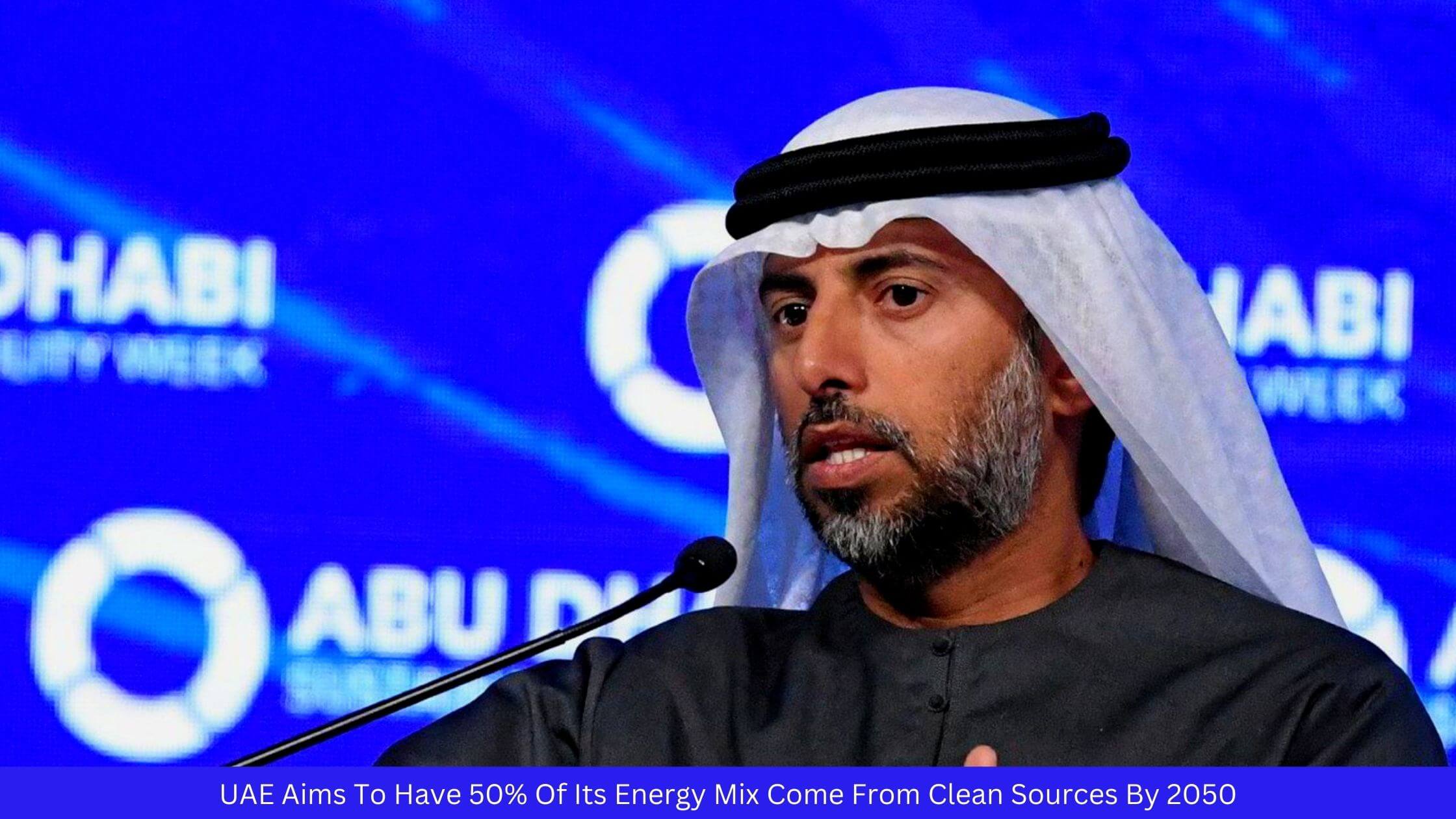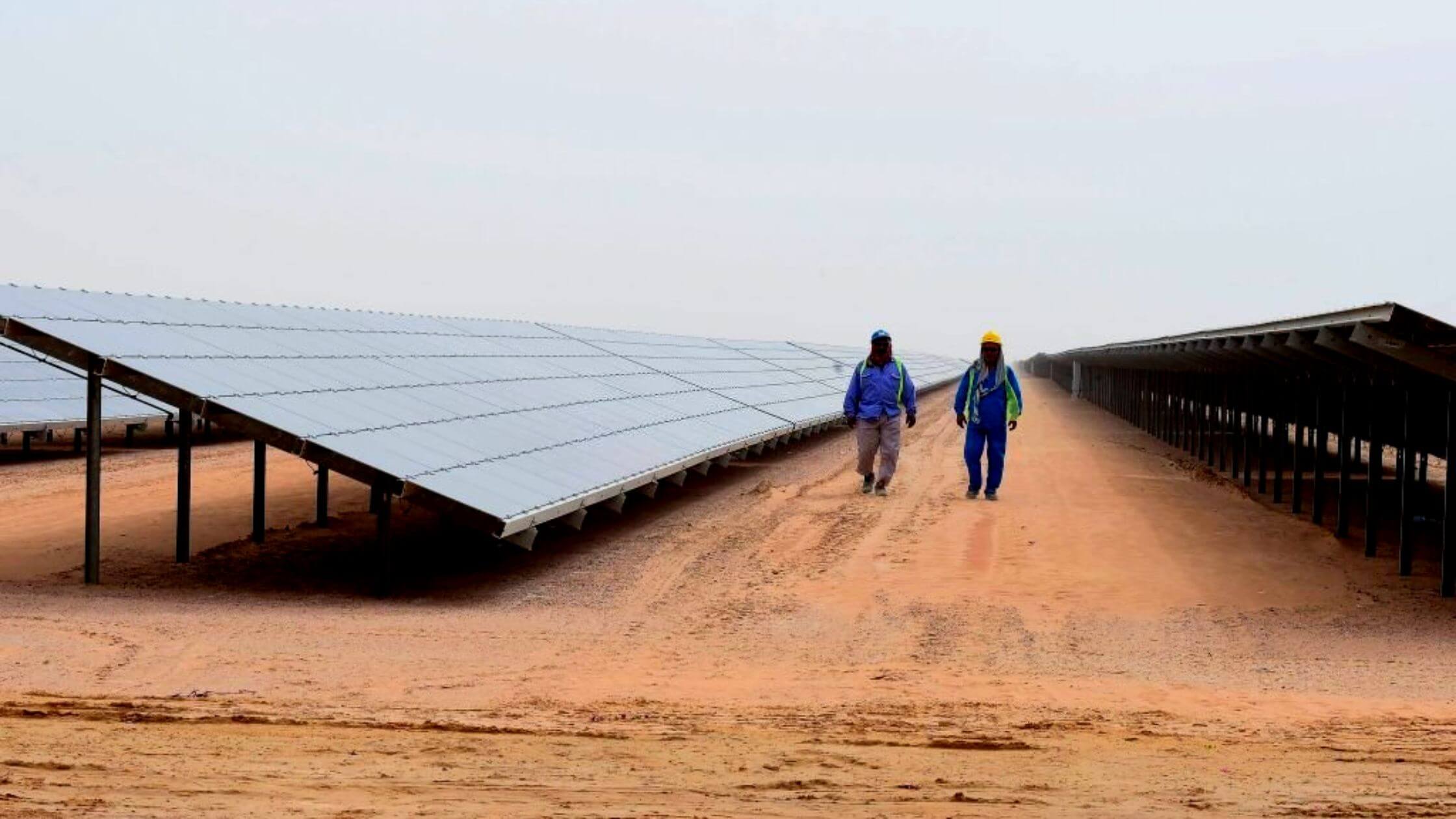Business
UAE Aims To Have 50% Of Its Energy Mix Come From Clean Sources By 2050

‘The United Arab Emirates aims to increase the share of clean energy projects to 50% of its overall energy mix by 2050’ said UAE’s Minister of Energy and Infrastructure – Suhail al-Mazrouei, on Sunday. The Gulf state would start revamping its energy strategy from the beginning of 2023 to align it with the goal of achieving climate neutrality by 2050 according to him.
How they plan on accomplishing this was left unclear as fossil fuels still account for 50% of their energy supply however we should expect more details in the upcoming world summit of climate change COP27.
“In addition to targeting other markets in Europe and East Asia, we aspire to be at the forefront of nations’ clean hydrogen production with competitive advantages for blue and green hydrogen, and to build large-scale hydrogen and ammonia production facilities”, the UAE energy minister was quoted according to the state news agency WAM.
The minister’s words come ahead of the United Nations Climate Change Conference of the Parties (COP27), which is set to commence on the 6th of November in Egypt’s Sharm El-Sheikh resort.
The UAE’s Ministry of Climate Change and Environment (MOCCAE) will be presenting its leading model of climate action during the event between the 6th to 18th of November. The model will elaborate the various plans, strategies, initiatives, projects, programs, guidelines, innovative solutions, modern technologies, etc. for advancing R&D and accelerating the transition to clean energy sources for shifting to a green economy and driving sustainable development, as envisioned by the UAE delegation.
The Middle East Gears Up For Climate Change Mitigation:
The Middle East seems to be at the forefront of the global green energy drive as the UAE prepares to host the next major world summit on climate change as well (COP28 in Abu Dhabi 2023).

UAE’s participation in climate action began over 30 years ago when it joined the UN Framework Convention on Climate Change (UNFCCC).
Since 2016, the UAE implemented 2 Nationally Determined Contributions (NDCs) that have made great progress in accelerating their transition to clean energy.
Cutting down electricity and water consumption in buildings, expanding the district cooling system, shifting to energy-saving lighting, etc. were the highlights of the 1st NDC. It also comprised a pledge to develop an environment-friendly public transport system, convert motor vehicles to CNG, adopt sustainable waste management methods and enhance efforts to conserve blue carbon ecosystems.
The 2nd NDC included increasing emission reduction, giving more importance to clean energy, expanding carbon capture, carrying out blue carbon projects, etc. The establishment of the first commercial CCUS network, which is a technology that is critical for carbon abatement and controlling climate change.
The initiative to expand its blue carbon ecosystems by planting 30 million mangrove seedlings by 2030 is part of the UAE’s Climate Change Adaptation plan. Smart agricultural methods for reducing the wastage of food, and promoting sustainable production and consumption patterns were envisaged along with this plan.
The MOCCAE launched the National Dialogue for Climate Ambition (NDCA) to boost the private sector’s contribution in helping to achieve the targets of the updated 2nd NDC. It purports to provide a national platform for raising climate ambitions and supporting emission reduction in sectors such as cement, waste, transportation, and energy industries, through a series of assemblies in each sector.
Similar efforts are being taken in other Middle Eastern nations. Saudi Arabia and Bahrain have set net-zero targets for 2060.
Qatar has announced plans to cut its emissions by 25% by 2030 and has created its first climate-change ministry in 2021. Israel and Turkey have both announced their goals to reach net zero emissions by 2050.
“For the first time, we’re seeing a lot of countries that used to be, or are still, heavily dependent on their hydrocarbon sector, come out with these net-zero pledges,” says Moisio, who works on the Climate Action Tracker.
Exactly how these countries are going to achieve these climate goals is lacking in detail.